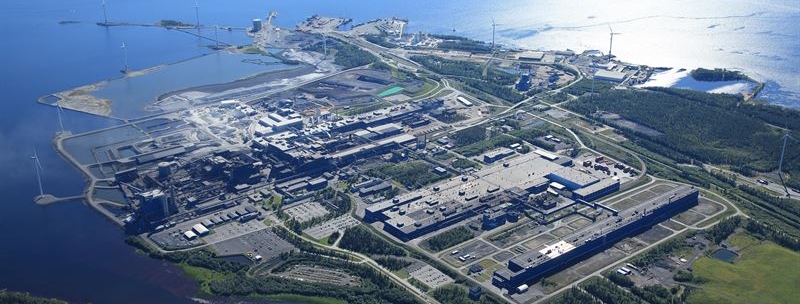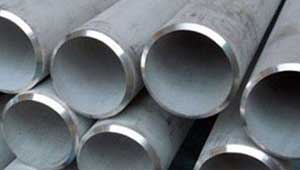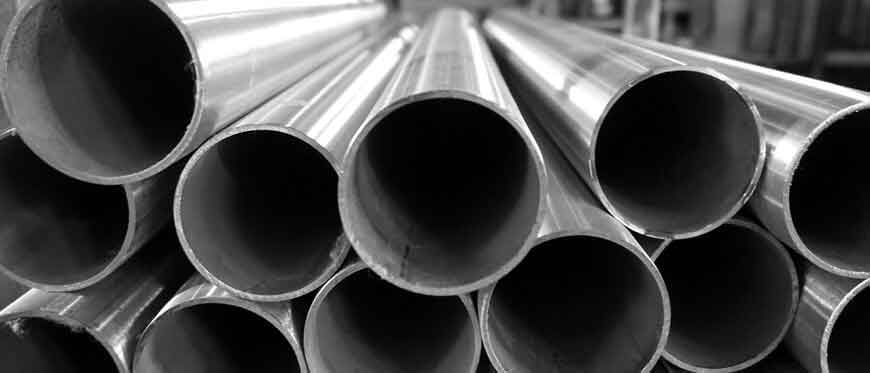Introduction to Duplex Stainless Steel
Early days: From 1930 to 1970 The very first stainless steels in the early 1900s were pure austenite, ferrite or martensite. The first duplex grades, combining ferritic and austenitic phases, were developed in 1930 by Avesta Ironworks in Sweden, which years later became Outokumpu. The plant began selling the first two duplex grades to customers who wanted to reduce intergranular corrosion, which can affect ferritic stainless steel.

In those early days, duplex grades were used to make castings, bars and sheets for the pulp and paper industry and high-temperature applications due to their good corrosion resistance and castability.
In subsequent decades, metallurgists developed techniques to reduce carbon content and add nitrogen to control ductility and weldability. Shortages of nickel during World War II increased interest in duplex grades. Improvements in the 1950s included the development of grades that used nitrogen to reduce the likelihood of cracking during casting and welding.
Second generation duplex These developments culminated in the 1970s with the second generation of duplex grades, which had more applications and greater commercial success. They were more resistant to intergranular corrosion.
From a metallurgical standpoint, these grades used more nitrogen to promote austenite formation. This prevents the duplex microstructure from reverting to full ferrite in the heat-affected zone after welding or hot forming. Nitrogen also helped the materials resist pitting corrosion while increasing strength.
Super Duplex Stainless Steel
Developments in the 1970s and 1980s focused on higher compositions in the form of super duplex as the third generation of duplex grades. These grades contain more alloying elements and therefore have better properties, but at a higher cost. They met the demands of the offshore oil and gas, food and beverage and chemical processing industries.
The most common definition of super duplex stainless steel is that it must achieve a PREN (Pitting Resistance Equivalent) of at least 40.
To achieve this level of corrosion resistance, metallurgists use alloying elements such as chromium, molybdenum, tungsten, nickel and copper.
Of course, the greater amount of alloying elements in super duplex steels also means a higher cost, but in general they are very price-competitive compared to the austenitic steels that can be considered alternatives.
Some companies have continued to expand high-alloy grades by developing hyper duplex grades with a PRE close to 50. There are currently relatively few large-scale applications requiring this extremely high level of corrosion resistance, so hyper duplex steels have not yet reached the mass market.

Lean duplex
At the other end of the scale, lean duplex grades were developed in the mid-1980s to minimize raw material costs.
This is especially true when using nickel as an alloying element. The nickel price has been particularly volatile over the years. By reducing the nickel content, customers could be offered price stability and more accurate business forecasts.
Of these lean grades, some are particularly popular. It has high manganese and nitrogen content to compensate for the low nickel content. It offers high strength and good corrosion performance, and is still fully weldable.
Formable duplex
A further development during the last 10-15 years has been duplex steels with improved forming properties.
Until the development of formable duplex, other duplex grades did not have the right combination of formability and high strength to make complex and lightweight formed parts.
General Duplex Stainless Steels
Advantages
- High strength
- High resistance to pitting corrosion, crevice corrosion resistance
- High resistance to stress corrosion corrosion, corrosion fatigue and erosion
- Excellent resistance to corrosion cracking
- High thermal conductivity
- Low coefficient of thermal expansion
- Good resistance to sulfide stress corrosion cracking
- Low thermal expansion and higher conductivity than austenitic steels
Applications
- Heat exchangers, pipes and tubes for gas and oil production and treatment
- Heat exchangers and pipes in desalination plants
- Mechanical and structural components
- FGD systems in the energy industry
- Pipes in process industries containing solutions containing chlorides
- Utility and industrial systems, Rotors, fans, shafts and press rolls where high corrosion fatigue strength can be used
- Cargo tanks, vessels, pipelines and welding consumables for chemical tankers
- High strength and high resistance wiring
Reference(s) ..
www.outokumpu.com
www.corrotherm.co.uk
Related Post(s)

Comparison of Stainless Steel 304/316 and 304L/316L type compositions and effect on corrosion resistance...